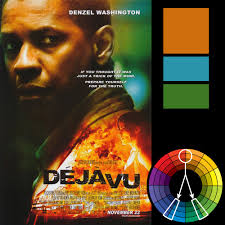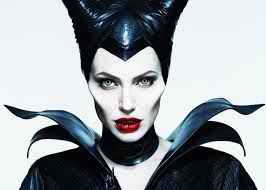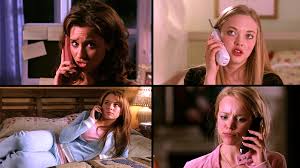Media language is the way in which the meaning of a media text is conveyed to the audience. Context of text should match the audience in mind.
Saussure's theory: semiotics is the study of signs and their meaning in the society. A sign can be divided into two parts to give out 2 levels of meaning to a media text.First, Signifier(physical existence)- it is basically what we see in front of us. It is the form the sign takes. Second, signified( the mental concept)- an idea or concept associated with the signifier.
Peirce theory: Signs can be categorised into three categories and they should be treated differently.
Saussure's theory: semiotics is the study of signs and their meaning in the society. A sign can be divided into two parts to give out 2 levels of meaning to a media text.First, Signifier(physical existence)- it is basically what we see in front of us. It is the form the sign takes. Second, signified( the mental concept)- an idea or concept associated with the signifier.
Peirce theory: Signs can be categorised into three categories and they should be treated differently.
- iconic signs- signs where meaning is based on similarity of appearance. Resembles what it stands for.( a literal sign)
- Indexical signs- closely related to a concept they signify. Implies some other object or event.
- Symbolic/ Arbitrary signs- they have a conventional link. They could be symbols for whole or written text. A learned sign.
Derrida's theory: Audience deconstruct a text within contexts of its logos. (logos= symbols/signs). Therefore texts don't have a single meaning but many meanings. Polysemic in nature based on these contexts and how audience receive them.
Barthes theory.
- First level of analysis. Denotation is the literal meaning.Describing what you see through direct observation. what the audience can visually see.
- Second level of analysis. Connotation( emotional meaning)
























